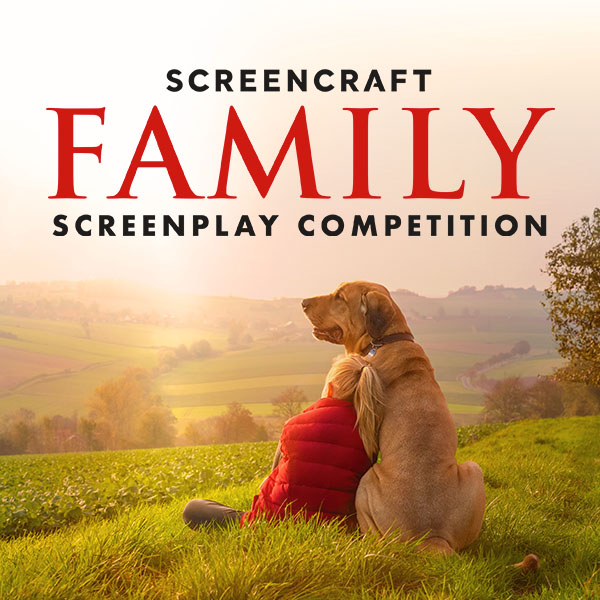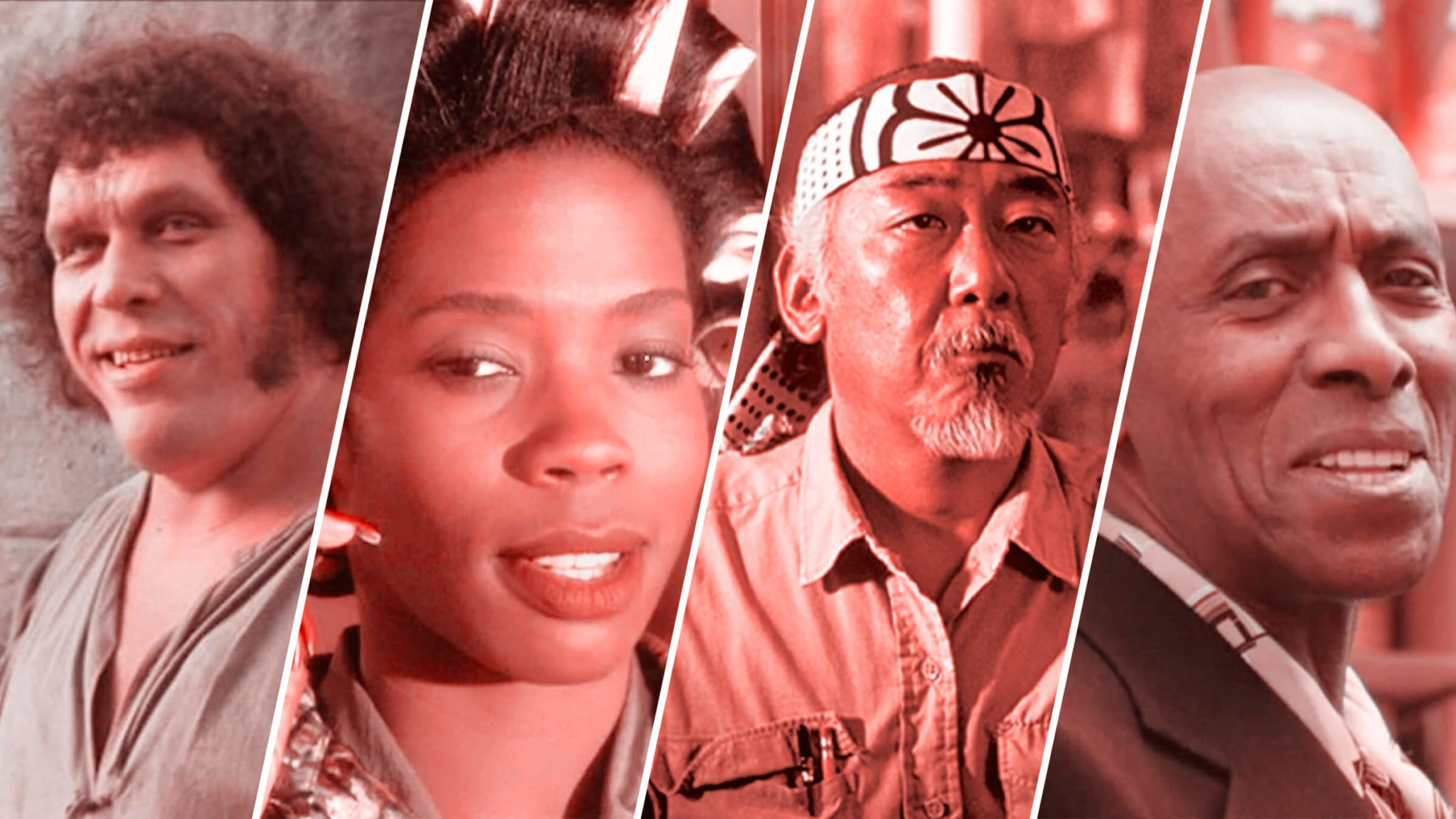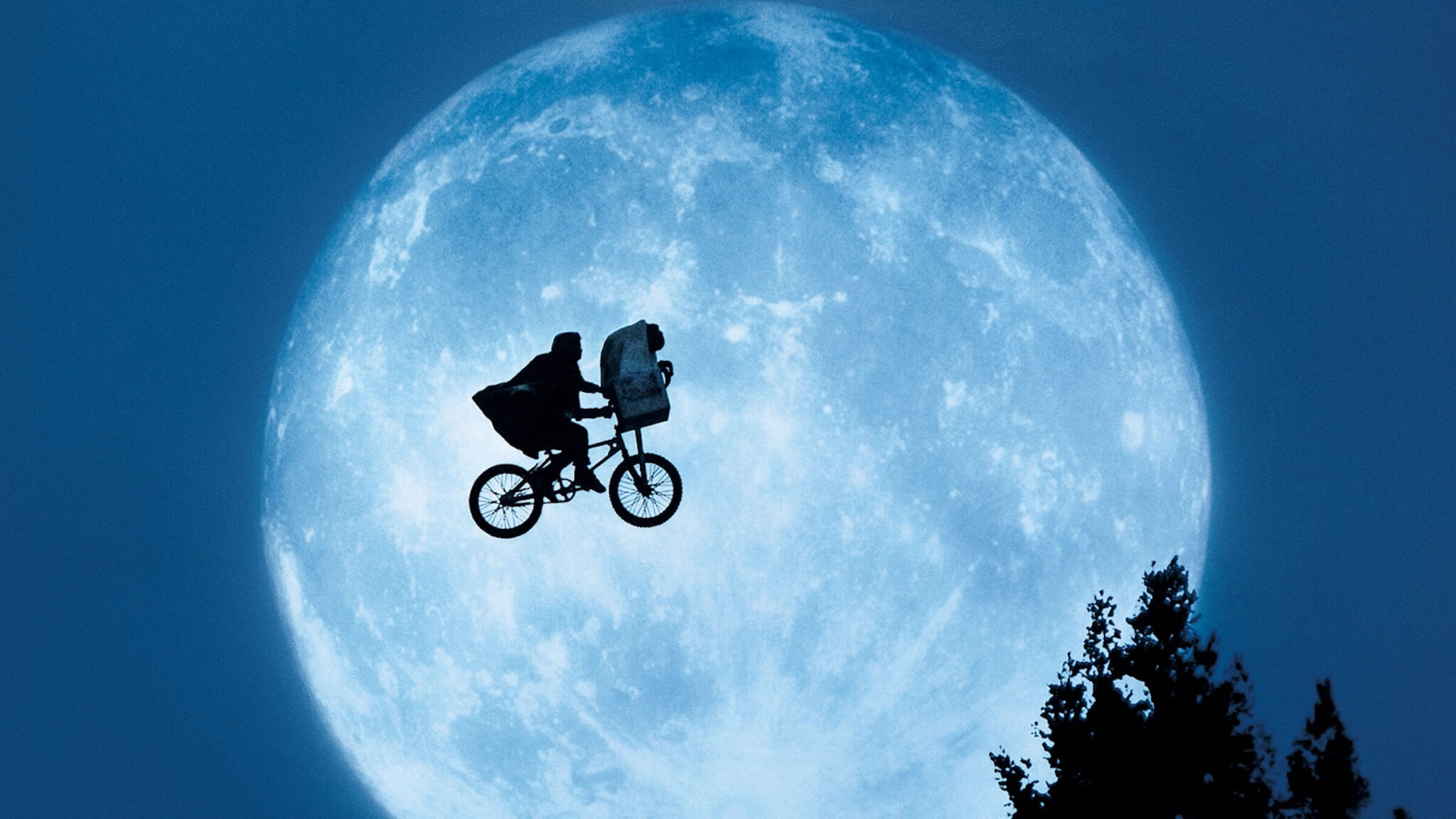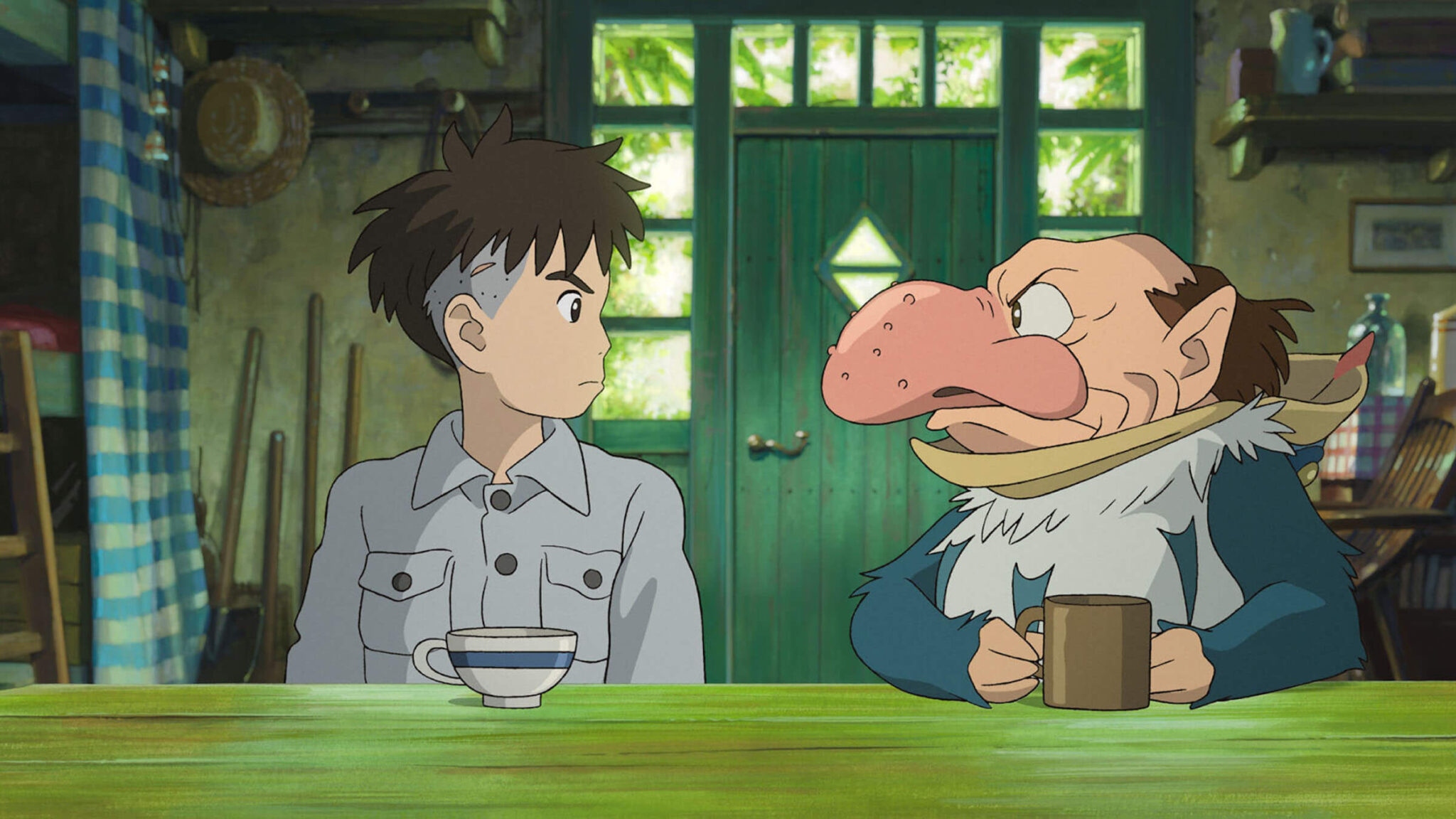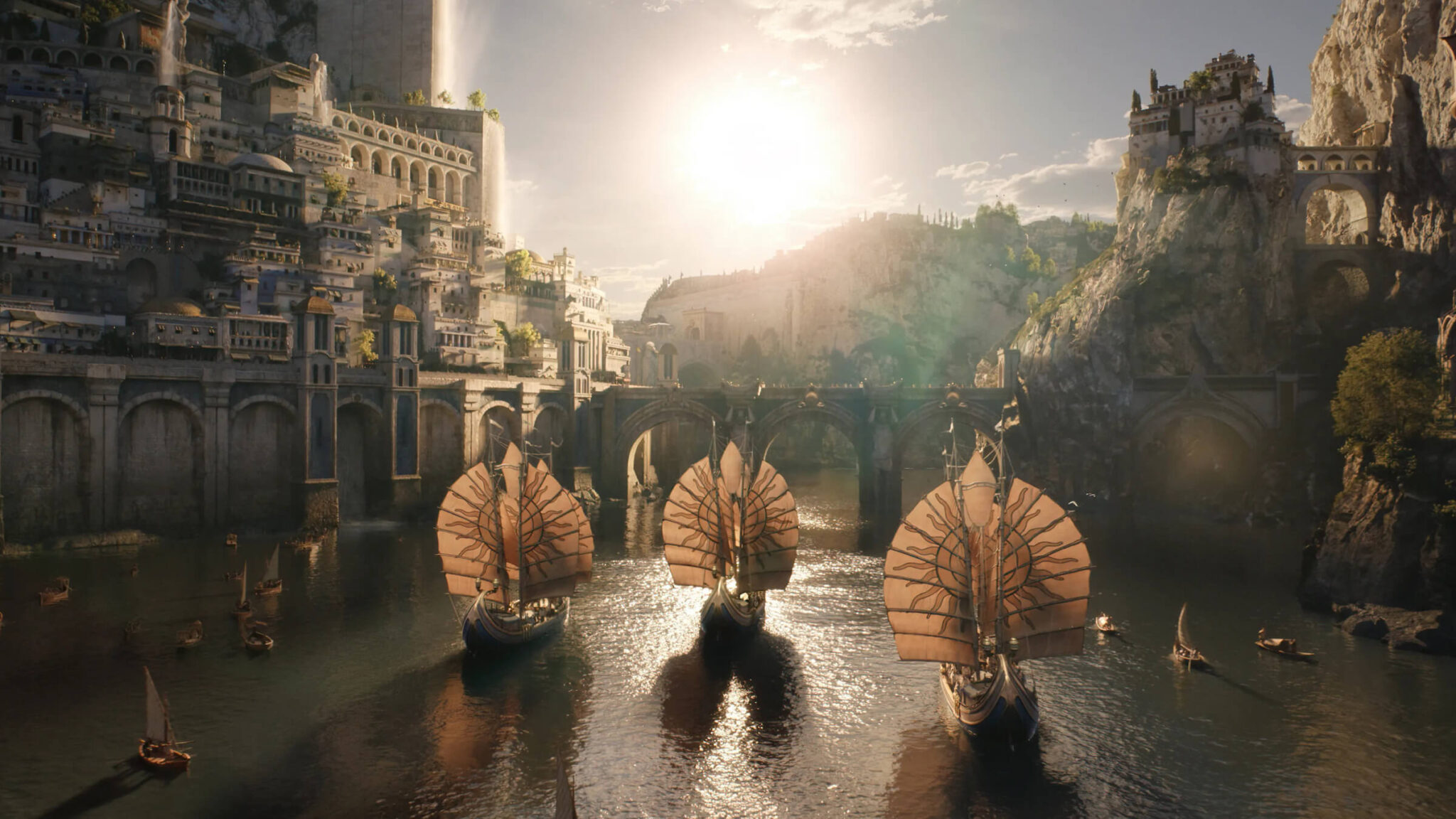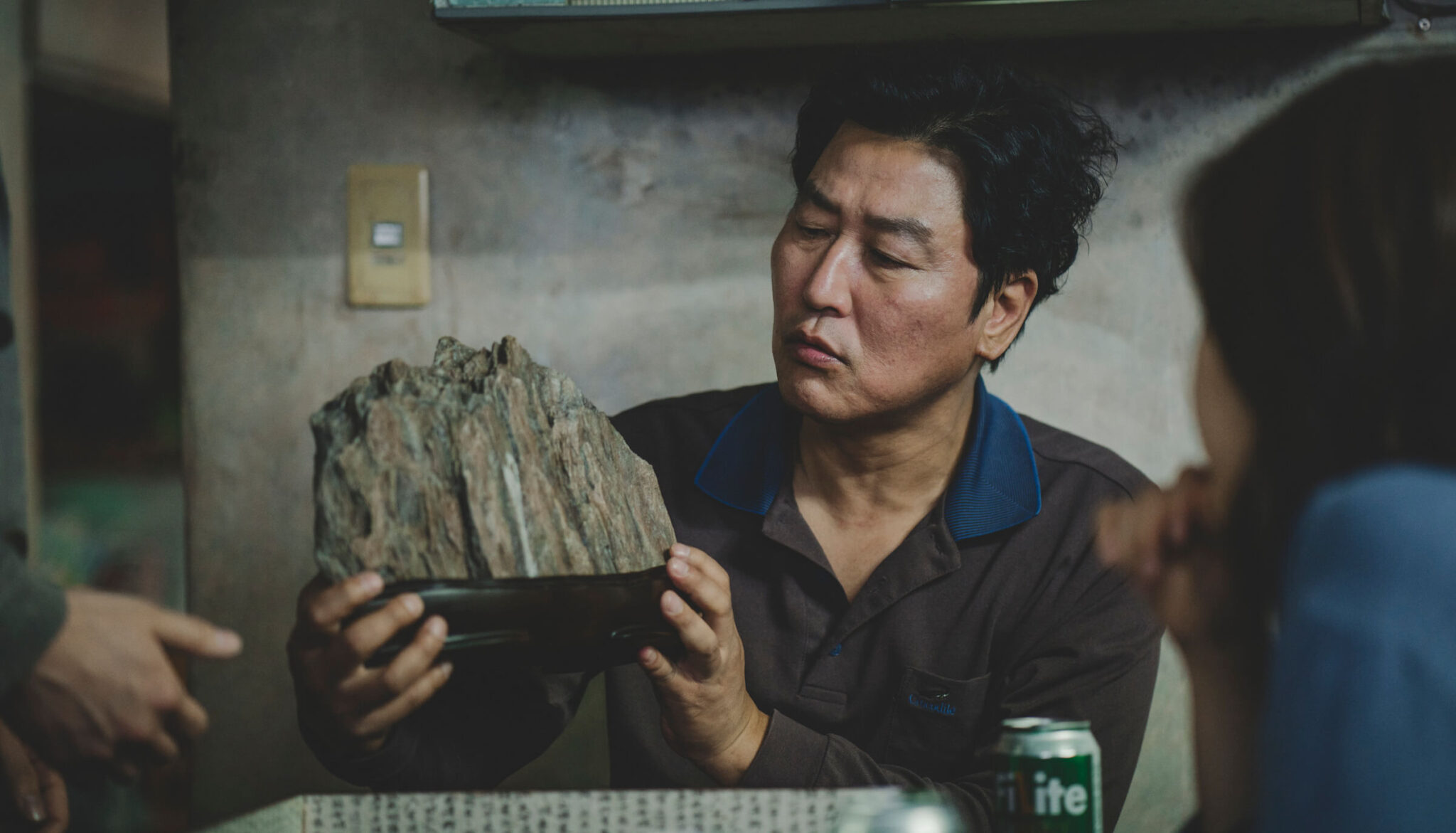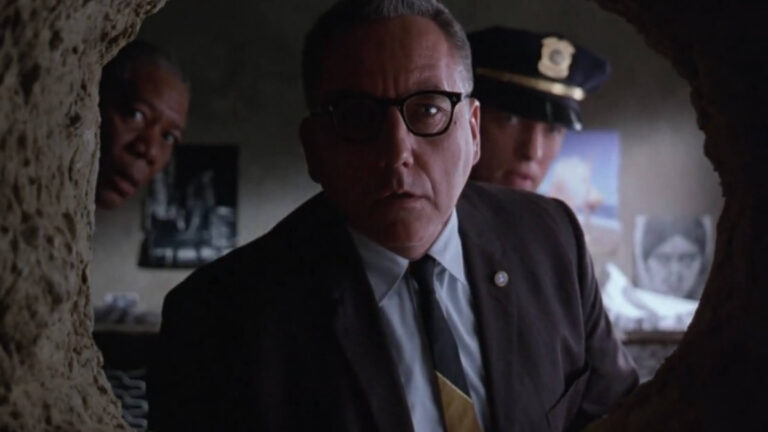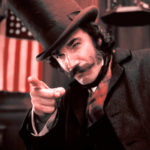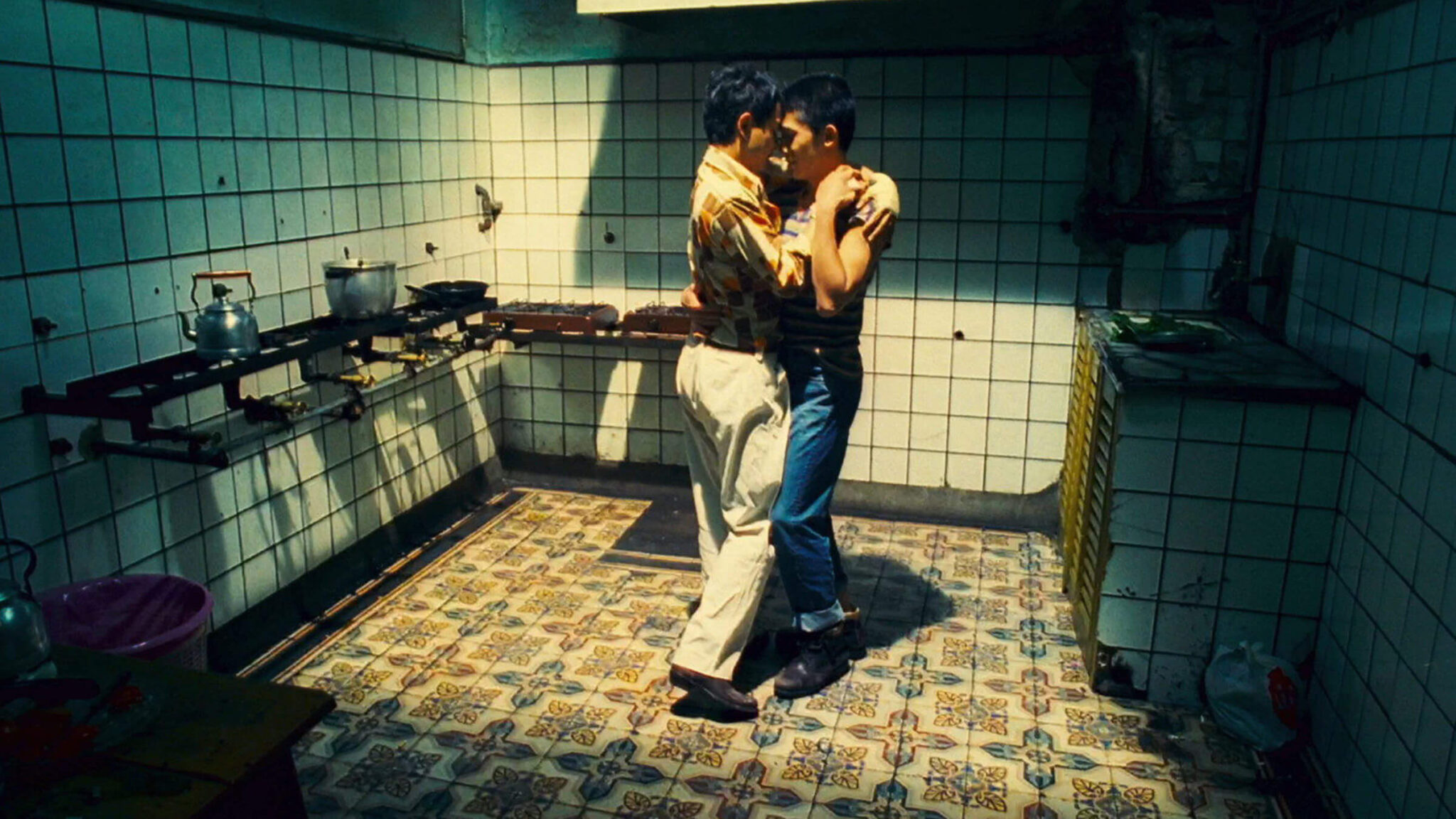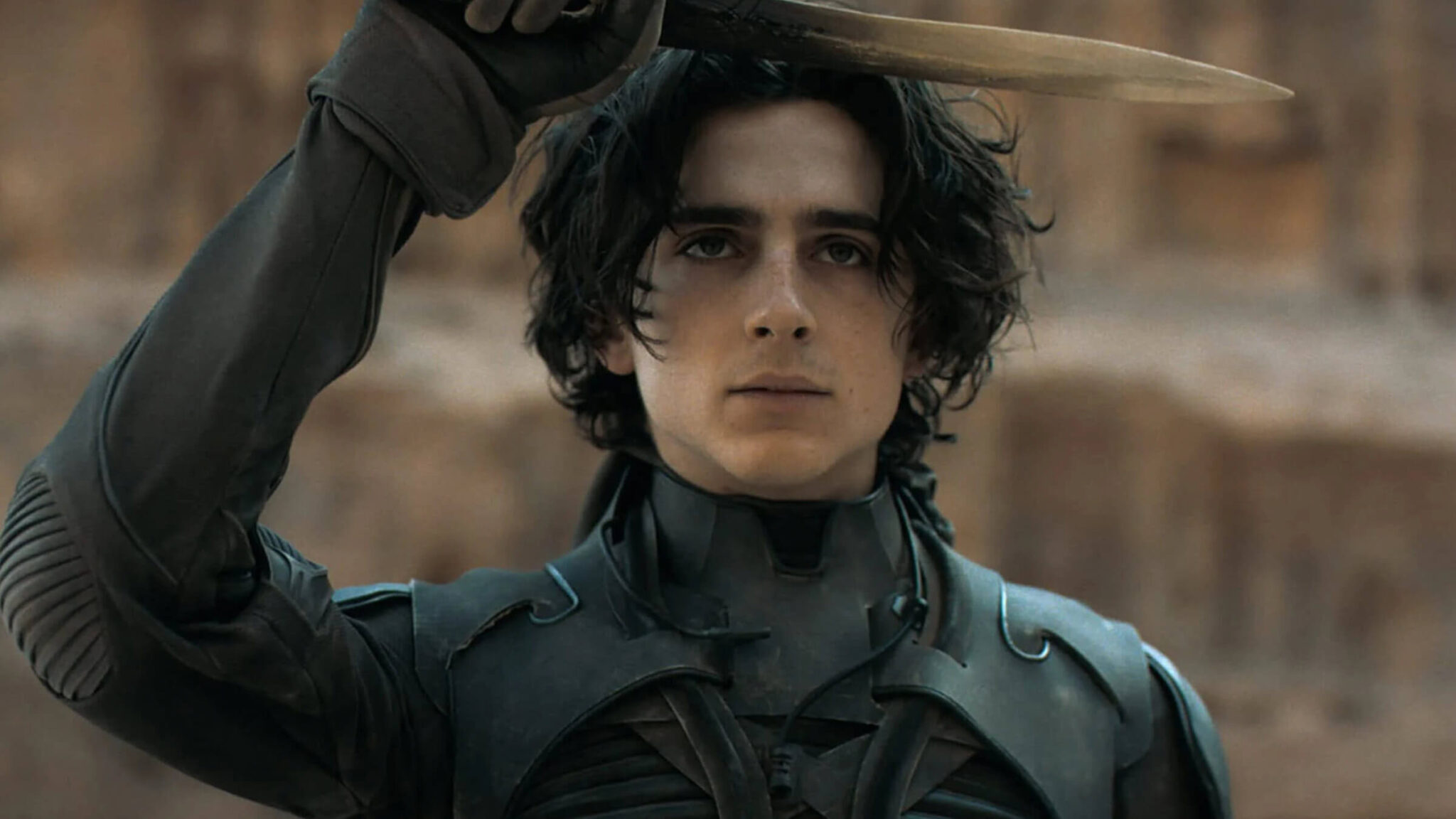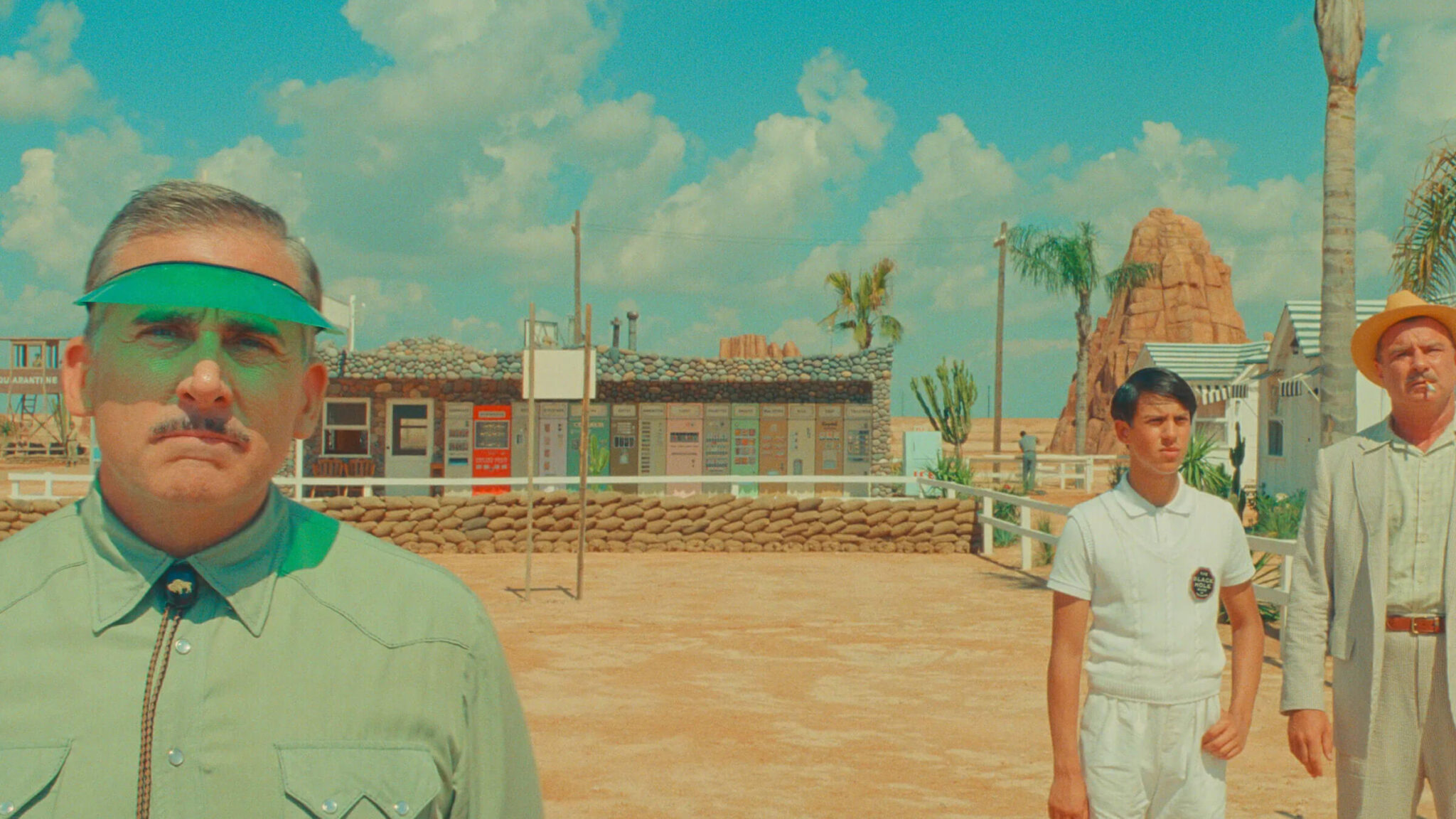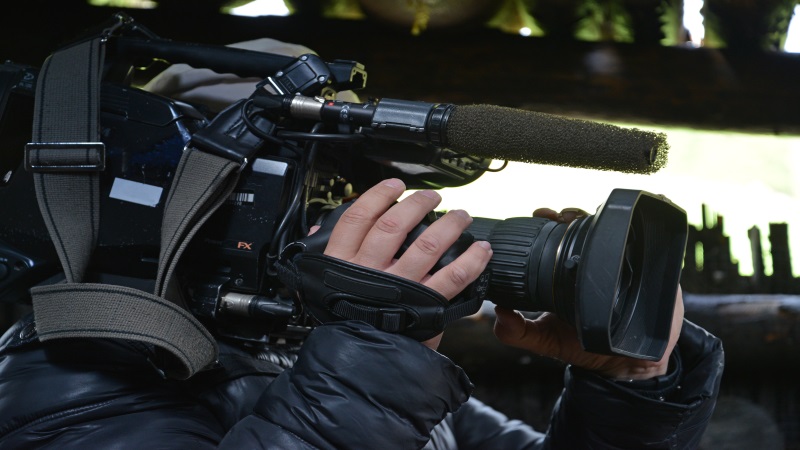
“Short films really helped me develop as a storyteller, animator, and as a director.”- John Lasseter
How can you argue with that quote from one of our greatest storytellers?
Short films are not only an excellent platform to learn the art and craft of filmmaking, they are also a rite of passage, teaching novice filmmakers life lessons that will carry them through their careers and aspirations. And sometimes, they are lightning in a bottle that can catapult filmmakers into the stratosphere of Hollywood lore.
Eternal Sunshine of the Spotless Mind, Lost in Translation, In Bruges, The Reader, Office Space, Napoleon Dynamite, District 9, There Will Be Blood, Toy Story, Star Wars, etc. The directors of all of these now classic films had careers that began with breakout short films. Short films that showcased something unique and special to the powers that be, whether it was the writing, the direction, the cinematography, the special effects, the concept, or the technology. ScreenCraft has showcased some of those very types of short films in the past with 11 Short Films That Launched Director's Careers.
With ScreenCraft's Short Film Production Fund and annual Short Screenplay Contest in mind, let's take a look at some of the essential short films that all screenwriters and filmmakers should know and study. These are the essentials that managed to capture the eye of the powers that be, many of which launched the careers of some of our greatest storytellers...
Neil Blomkamp's Alive in Joburg
Blomkamp was a special effects artist until he directed this six minute short. Director Peter Jackson (The Lord of the Rings) happened upon the film and hired him to join his special effects company in New Zealand. Jackson eventually gave Blomkamp $30 million to shoot a project of his choice. That film became the Oscar-nominated District 9, which was a feature adaptation of his original short. Blomkamp proved his worth from a special effects standpoint especially, delivering quality effects for low budget costs.
Paul Thomas Anderson's Cigarettes & Coffee
Anderson's short film received due notice at Sundance, when he was invited to the Sundance Filmmakers Lab to develop the short into a feature film. That film became Anderson's first feature, Hard Eight. He would go on to direct Boogie Nights, Magnolia, Punch Drunk Love, There Will Be Blood, The Master, and Inherent Vice. He's often referred to as his generation's Robert Altman. His short showcased excellent characters and compelling concept that they were all somehow connected, a theme that was very prevalent in his first few films.
Tim Burton's Frankenweenie
Burton's career flourished straight out of CalArts, thanks to some amazing short films. His first was an animated film that he developed at CalArts called Stalk of the Celery Monster.
That film attracted the attention of Disney. Burton was quickly brought on as animator, concept artist, and storyboard artist, working on such films as The Fox and the Hound, The Black Cauldron, and Tron. Disney later hired him to direct a short film to be screened in front of their Pinocchio re-release in 1984. That short film would be the now legendary live-action Frankenweenie (featured above, along with another short film of his entitled Vincent). Burton showcased his now brilliant eye for production design, as well as his signature dark tones and themes. In fact, the film proved to be too dark for Disney. The short was dropped and Burton was fired. However, it caught the eye of none other than Stephen King. At the time, Paul Reubens was searching for a director to helm Pee Wee's Big Adventure. King recommended that Reubens screen it (as well as Vincent). Burton was hired to help Ruedens film, which was a breakout hit. And it should be noted that Burton later adapted his short into the 2012 Oscar-nominated animated feature Frankenweenie.
Stalk of the Celery Monster showcased Burton's artistry, nabbing him a job at Disney, while Frankenweenie showcased his live-action artistry, eye for unique and throwback production design, as well as his own original (and dark) style.
George Lucas's Electronic Labyrinth THX 1138 4EB
Lucas shot this film while pursuing his graduate degree in film production at USC. He utilized U.S. Navy students that were learning to direct documentaries. USC has worked in partnership with the U.S. Navy in that respect, which opened doors for Lucas to be able to teach the students while also allowing him to take advantage of the benefits that the Navy connection had to offer. They paid for film and lab processing (this was in the pre-digital age obviously). They also afforded Lucas the connections to film in areas that normal student filmmakers couldn't have shot in, including the LAX and Van Nuys airports.
The short film garnered much praise, as well as the attention of Warner Brothers, Steven Spielberg, and Francis Ford Coppola. WB and Coppola developed the film with Lucas, into what would eventually become the feature version THX 1138. While the feature version didn't do that well (Warner Brothers lost money on it), it did offer Lucas a pivotal relationship with Coppola, allowing Lucas to eventually make his breakout film American Graffiti. It also introduced him to his good friend Steven Spielberg. The two would collaborate on the eventual Indiana Jones franchise and still celebrate their close friendship today.
Lucas's short showcased a unique vision of the future. Something that the film industry hadn't seen. It stood out in that respect, as well as the blend of concept and design.
Jared Hess's Peluca
Hess directed this character piece while attending Brigham Young University in 2002 on a budget of just $500. If you watch the film, you'll quickly notice a now familiar and iconic character, played by Jon Heder. In the short, the character is named Seth, but audiences worldwide now know him as Napoleon Dynamite. After the short film debuted at the Slamdance Film Festival, it received much acclaim and lead to a feature version and box office hit, Napoleon Dynamite.
Hess's short showcased a unique character at the center of the story. Something we had never seen before. However, it was a character that many were all too familiar with, which is likely the reason why it resonated so well with audiences. Everyone remembers their own version of that character in their school.
George Melies's A Trip to the Moon
While not a conventional short film by the standards of its time (it was known as over budget and overly long in length), in the context of contemporary cinema, it qualifies and remains to be one of the most influential films of all time. The 1902 film showcased brilliant imagination, artistry, and technical prowess. It is truly one of the biggest feats in the history of cinema.
Mischa Rozema's Sundays
Rozema's film was a five-year venture, including a Kickstarter that raised $50,000. The futuristic/post-apocalyptic film quickly garnered major attention from studios, to the point that there was a bidding war between studios. When the dust settled, Warner Brothers owned the rights. The feature film version is currently in development. While Rozema certainly isn't yet known as one of the greatest storytellers we know, his star is clearly on the rise.
Like Alive in Joburg before it, the film displayed amazing special effects on a low budget, accompanied by concepts and technical prowess that clearly attract the major studios.
Mike Judge's Milton
Judge's Milton first garnered notice at an animation film festival, where Comedy Central quickly picked it up. The short film would lead Judge to animation success with Saturday Night Live, Beavis and Butthead, and later King of the Hill. His live-action cult hit, Office Space, was basically a feature version of the short.
While Milton showcased rather simple animation, the dry office humor resonated with fans. It was unique, but also played up on the many familiar tropes and cliches of working in an office setting.
Wes Anderson's Bottle Rocket
Anderson met the film's star, Owen Wilson, in college. They befriended and wrote the script together. While the film received little attention at the Sundance Film Festival, the great James Brooks took notice and agreed to produce a feature length version of the film. The feature went by the same name, added color, and expanded on the original story. After its debut, it became a critical and cult hit. Martin Scorsese even called it one of his ten favorite movies of that decade. Disney soon took notice as well and signed Wes Anderson for his next feature, Rushmore.
There are many more essential short films out there. Many more to learn from and be inspired by. Any others that we missed? Let us know and make your own case as to the impact that they made and maybe we'll expand on this for the benefit of all...
Tags
Get Our Screenwriting Newsletter!
Get weekly writing inspiration delivered to your inbox - including industry news, popular articles, and more!



